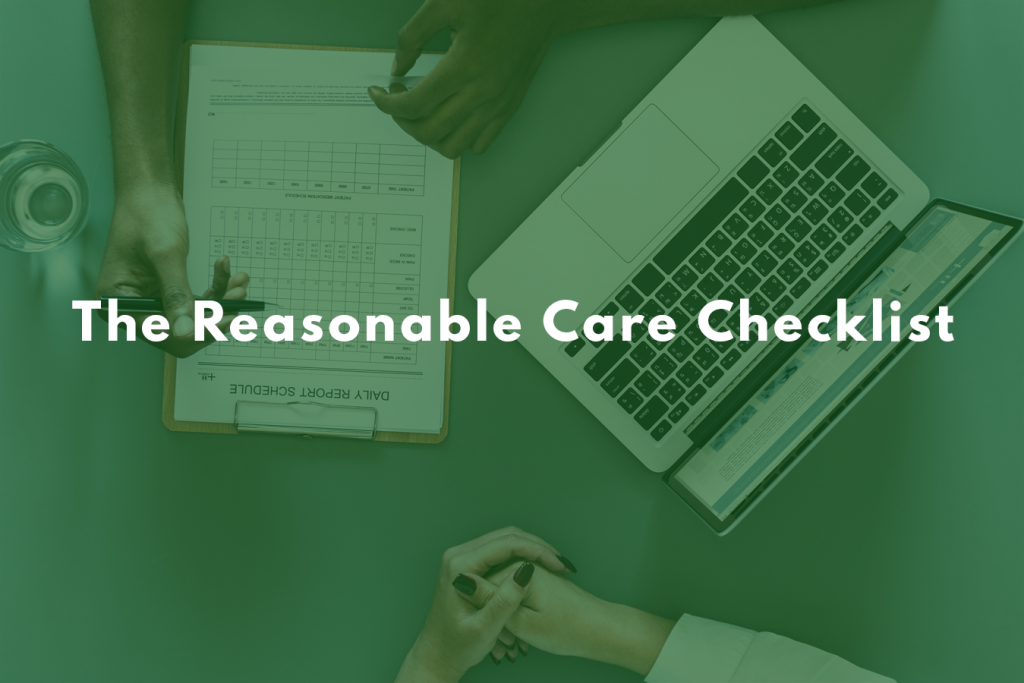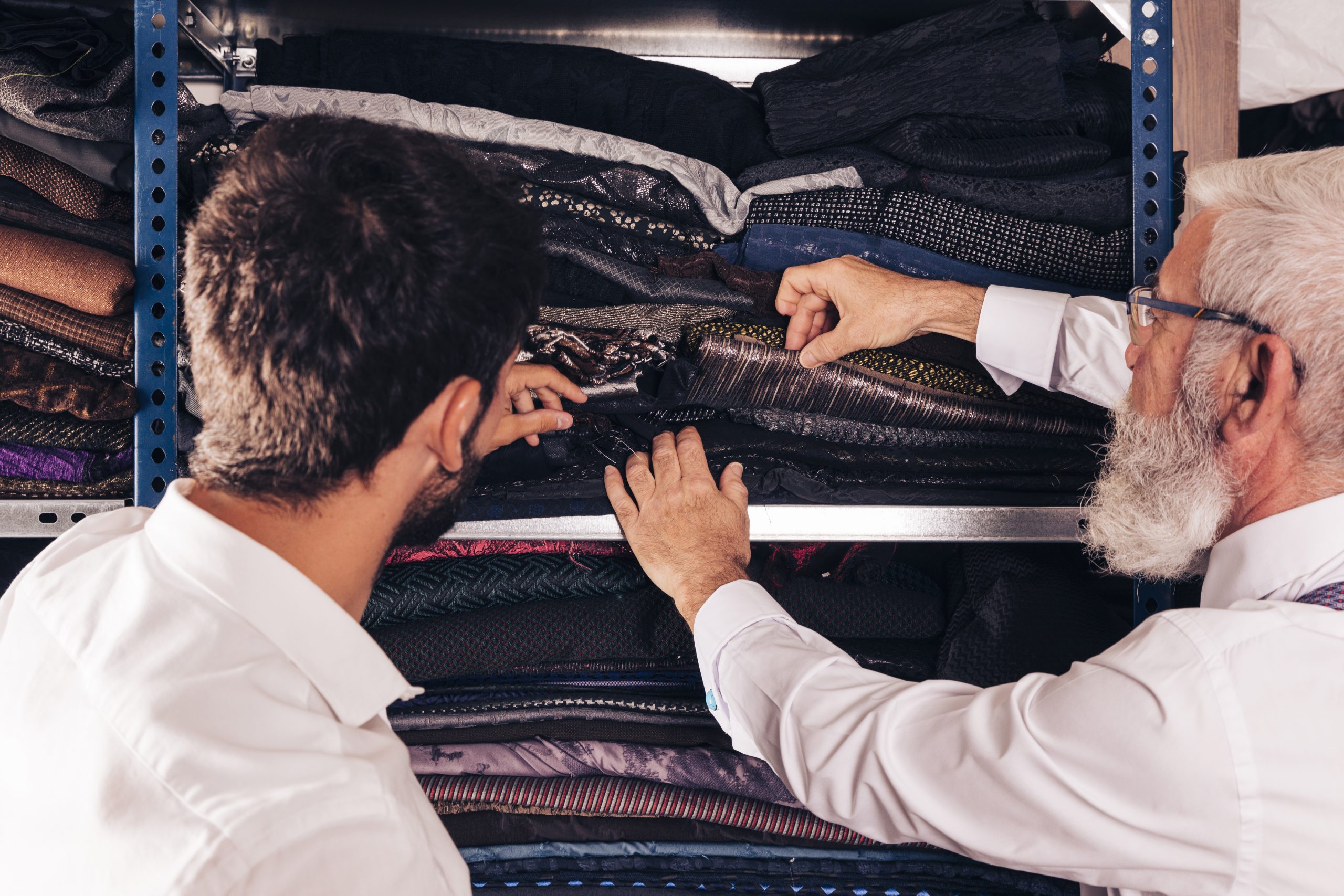You’ve gone over all your documents… you think. You’ve got the right tariff codes… you’re pretty sure. You haven’t forgotten anything… right?
Maybe not, but maybe you have, and unless you’re using a Reasonable Care Checklist, you have no way of knowing. Not watching your Reasonable Care duties doesn’t just leave you open to delays and confusion; it can lead to penalizing action taken against you and your goods.
You shouldn’t import without your Reasonable Care Checklist!
The Reasonable Care Checklist
Reasonable Care is a term that, in the context of importing and customs, implies efforts have been made in good faith to provide Customs and Border Protection (CBP) with the most accurate information possible.
In other words, it’s your responsibility to give CBP accurate information that you’ve verified yourself. (You or your customs broker, anyway.) You’ll also need to prove you have a way of ensuring the information supplied is auditable — no pulling a Country of Origin out of nowhere and expecting it to stand up to inspection.
The Customs Modernization Act and amended Section 484 of the Tariff Act make Reasonable Care a legal requirement when importing into the United States.
What’s on the list?
There is no formal Reasonable Care Checklist that every importer must submit, filled out and signed, to CBP. The Reasonable Care Checklist is a set of guidelines that importers should be following; it’s reasonable, not completely comprehensive, care.
General Reasonable Care questions you should be answering:
- Checking your references: do you have access to the CBP regulations, the United States’ Harmonized Tariff Schedule, and the Customs Bulletin and Decisions? Do you have a research source, such as the Customs Ruling Online Search Service?
- Proofreading: has someone with the right knowledge checked over your customs documentation for errors and accuracy?
- Informing your expert: if you’re working with a customs broker (hey there!), have you ensured all the information you’ve provided them with is accurate, up-to-date, and complete? Are you keeping a written record of everything they tell you?
- Staying compliant: have you developed a customs compliance program, and are you following it?
- Checking consistency: have you checked to see if identical transactions are being processed the same way? If not, have you informed the CBP?
Other guideline questions, depending on circumstance, include:
- Tariff classifications: have you established a reliable way of ensuring you know the origin and manufacturing details of your merchandise?
- Valuation: do you have the documents needed for CBP to verify the import transaction (purchase orders, sales agreements, proof of payment, etc?)
- Country of origin: if CBP has given you a ruling about marking country of origin properly, have you established a reliable way of following the ruling? Have you made CBP aware?
- IP rights: have you checked to see if what you’re importing is subject to any exclusion orders by a court or the US International Trade Commission?
- Forced labor: do you have a way of conducting audits on your supply chain? Are you auditing for forced labor in your supply chain?
What happens if I don’t demonstrate Reasonable Care?
Deliberately misleading CBP about the valuation of your goods is a violation of Reasonable Care. Accidentally classifying the thermal undershirts you’re importing as cotton t-shirts? Also a potential violation of Reasonable Care.
Violations are subject to Tariff Act section 592 penalties, but thankfully, not all violations are treated the same. There are three levels of severity that your violation can be classified under.
Negligence
If your violation is the result of simply not checking if your information was right, not checking for the right information at all, or not communicating your information properly, you’ve committed negligence.
You can be charged with negligence if you don’t verify that the statements you provide to CBP are true. This means if a supplier misleads you about the IP rights of the merchandise you’re buying from them, for example, you’re the one responsible for checking to see if they are authorized to use that trademark.
Gross Negligence
In contrast to negligence, gross negligence is when you are aware of your obligations to provide the correct information under Reasonable Care, but you simply don’t care. Gross negligence sits between negligence (harm by not acting) and fraud (harm by deliberate actions). You could call it harm by deliberately not acting.
You may be charged with gross negligence if CBP informs you of an error or gap in your process that you don’t address.
Fraud
Finally, there’s fraud. Unless you’re actively trying to mislead CBP about some factor of your imports, you don’t have to worry about fraud charges.
Deliberately supplying the wrong country of origin to bypass tariffs is an example of fraud.
No Violation
If your violation of Reasonable Care was an accident, you might get off easy with no penalties. But you shouldn’t count on getting a no violation ruling.
First, no violation only applies to clerical error or mistake of fact — making minor errors in paperwork or misunderstanding the law. Simply not knowing things like the status of free labor in your supply chain isn’t a mistake of fact, it’s negligence.
In addition, if there’s a pattern of mistakes coming from you, you’ll be graduated to a negligent ruling no matter how the violations happened. The best way to avoid any potential problems is to get it right the first time, which is why we’re here for whatever customs help you need.






